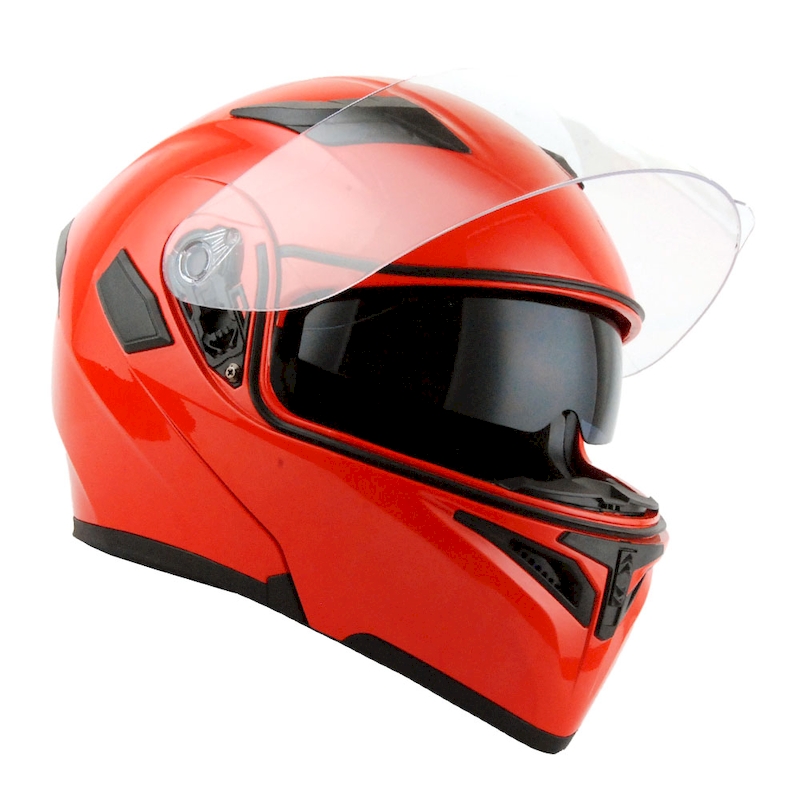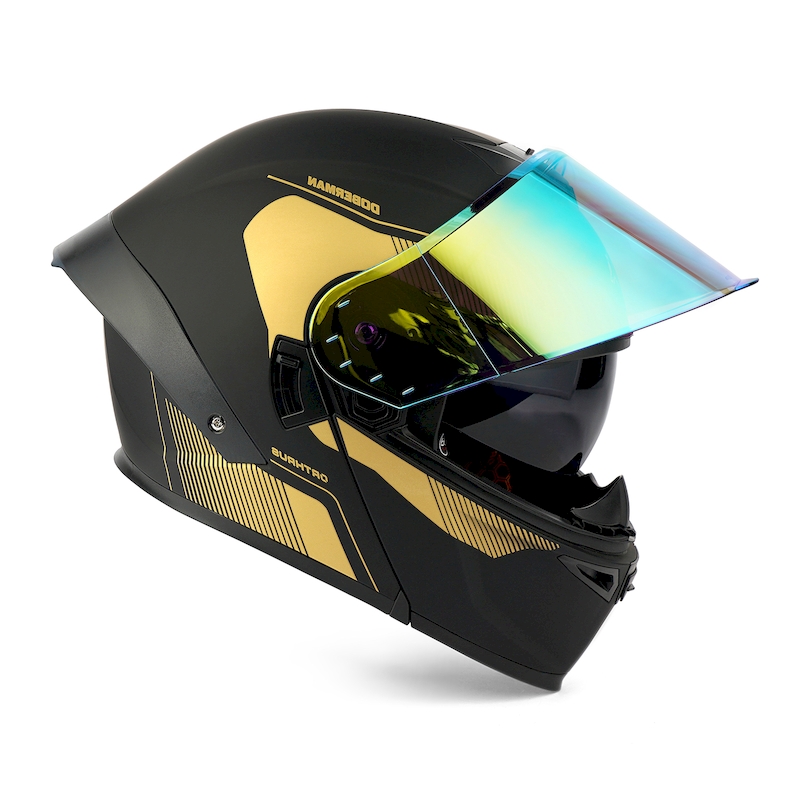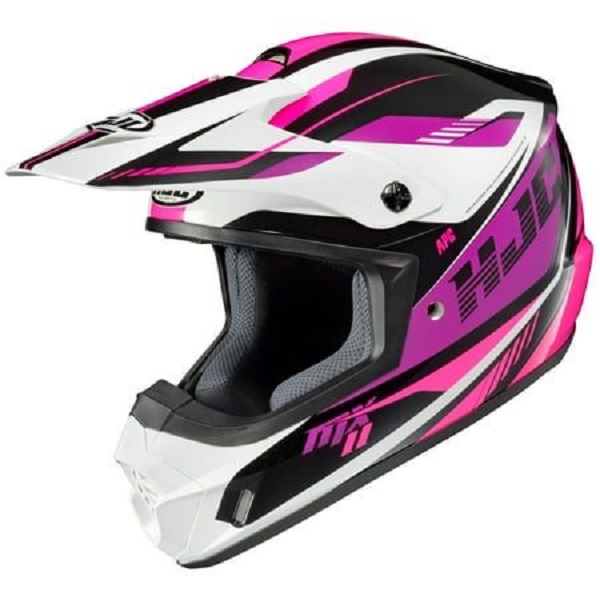In the realm of motorcycle gear, safety has always come first. However, recent advances in technology are reshaping how riders experience their time on the road. Bluetooth-enabled motorcycle helmets have surged in popularity, melding safety features with connectivity that enhances the overall riding experience. This innovative gear allows riders to communicate with fellow motorcyclists, access navigation systems, listen to music, and take phone calls—all while keeping their focus on the road. Moreover, the integration of Bluetooth technology offers an unmatched layer of convenience and functionality that traditional helmets lack. In this comprehensive article, we will explore the various aspects of bluetooth-enabled motorcycle helmets, from their essential features and benefits to how to choose the best one for your needs. Additionally, we will provide insights into maintenance, safety regulations, and popular models on the market. By the end of this guide, you’ll have a thorough understanding of how these helmets can revolutionize your riding experience.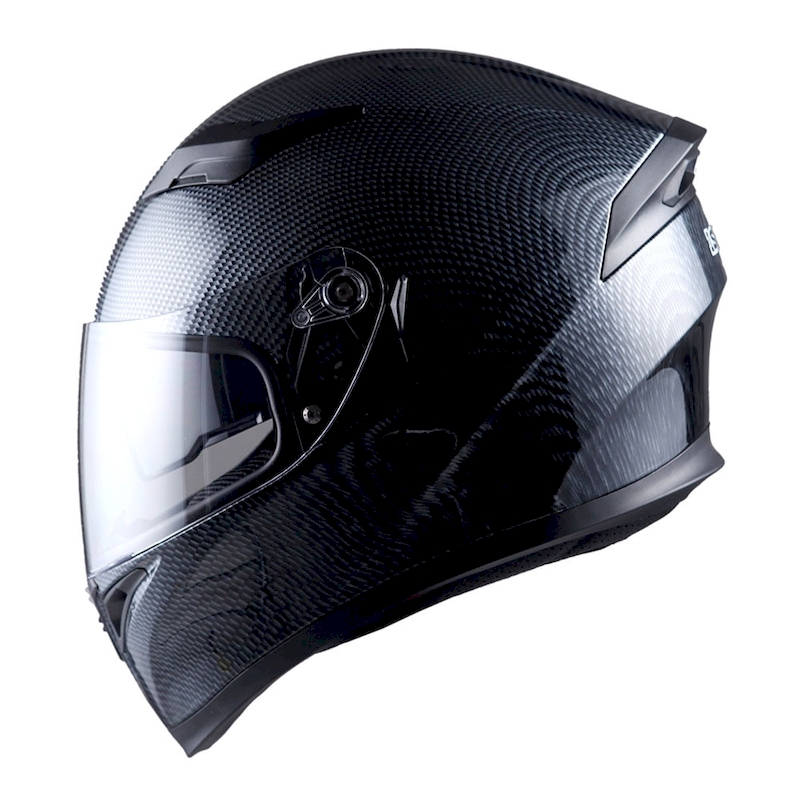
Understanding Bluetooth Technology in Motorcycle Helmets
To appreciate the advantages of bluetooth-enabled motorcycle helmets, it’s important to understand the technology behind them.
What is Bluetooth Technology?
Bluetooth technology is a wireless communication standard that allows devices to connect over short distances. It operates on radio frequencies, typically within a 30-foot range, and enables seamless communication between various devices without the need for cords or cables.
How Bluetooth Works in Motorcycle Helmets
Bluetooth-enabled motorcycle helmets come equipped with speakers, microphones, and Bluetooth modules. This setup allows riders to pair their helmets with smartphones, GPS devices, or intercom systems, providing an effective communication solution.
- Connecting Devices: Riders can pair their helmet to their smartphone via Bluetooth. This connection allows communication through the built-in speakers and microphone embedded within the helmet.
- Features: Most bluetooth systems include features like voice control, noise cancellation, and multi-device connectivity. These enhance the user experience by offering hands-free operation.
Key Components of Bluetooth-Enabled Helmets
The effectiveness of bluetooth-enabled helmets largely relies on their key components:
- Speakers: Integrated speakers provide sound for phone calls, music, and navigation prompts. High-quality speakers enhance audio clarity and volume.
- Microphone: A noise-cancelling microphone allows riders to communicate clearly while filtering out wind noise and ambient sounds. This ensures conversations remain sharp.
- Controls: Many helmets feature user-friendly controls that can be operated while wearing gloves. Button layouts and touch controls may vary depending on the brand.
- Battery Life: Battery specifications determine how long you can use the Bluetooth feature before needing a recharge. Look for models with extended battery life, especially for long rides.
Advantages of Bluetooth-Enabled Motorcycle Helmets
Bluetooth-enabled motorcycle helmets offer several benefits when compared to traditional helmets. Let’s explore some of the key advantages.
1. Enhanced Communication
A primary benefit of using bluetooth-enabled helmets is improved communication among riders. Whether riding in groups or speaking with someone on the road, these helmets allow for clear and hands-free conversations.
- Group Communication: Many models facilitate intercom communication between multiple riders, ensuring all members of a group stay connected without stopping.
- Phone Calls: Riders can make and receive calls, which keeps them safe as they avoid the distractions of handling their phones while riding.
Integrating GPS into bluetooth helmets transforms how riders navigate unfamiliar areas. GPS directions can be transmitted wirelessly to the helmet, allowing users to follow prompts without taking their eyes off the road.
- Head-Up Navigation: Listening to audio GPS instructions keeps riders focused, significantly enhancing safety during long journeys or when exploring new paths.
3. Music Enjoyment
Riding often evokes a sense of freedom. Listening to music or podcasts can enhance this experience and make long rides more enjoyable. Bluetooth helmets allow easy pairing with music apps on your smartphone.
- Personalized Soundtrack: Riders can create playlists or stream music directly to their helmets, providing a custom soundtrack for their journeys.
4. Safety Features
While safety is the primary function of any helmet, integrating bluetooth technology can enhance riders’ ability to stay alert and connected.
- Emergency Communication: Some advanced models come equipped with features to send automatic alerts to emergency contacts if a crash is detected.
- Automatic Updates: Firmware updates for bluetooth systems are often available, ensuring users benefit from the latest improvements and enhancements.
5. Increased Comfort and Convenience
Bluetooth-enabled helmets often come with ergonomic designs that prioritize comfort, particularly on long rides.
- Segmentation of Comfort: Features such as adjustable vents and plush padding provide physical comfort while allowing users to access Bluetooth features with ease.
- Hands-Free Operation: Voice-activated commands make it easy for riders to control settings without needing to remove their hands from the handlebars.
Factors to Consider When Choosing a Bluetooth-Enabled Motorcycle Helmet
When selecting a bluetooth-enabled motorcycle helmet, several factors can influence your decision. Consider these criteria to ensure you make an informed choice.
1. Safety Certifications
The most critical factor when choosing any helmet is safety. Ensure that the helmet meets industry standards, such as DOT (Department of Transportation) or ECE (Economic Commission for Europe) certifications.
- Compliance: Look for the certification label inside the helmet to confirm it meets the necessary safety requirements.
2. Fit and Comfort
A well-fitting helmet is paramount for comfort and safety. Helmets should fit snugly without being overly tight. Refer to the manufacturer’s sizing guide and try on models if possible.
- Adjustability: Features like adjustable padding can help achieve a better fit tailored to your head shape.
3. Battery Life
Examine the battery life of the bluetooth system included in the helmet. Long-lasting batteries can enhance usability, especially for extended rides.
- Charging Time: Consider how long it takes to recharge the battery when assessing overall convenience.
4. Audio Quality
The audio quality of speakers and microphone in a bluetooth helmet greatly affects the user experience. Look for reviews discussing clarity, volume, and noise cancellation capabilities.
- Testing Audio: If possible, test the audio quality in-store to assess how well it works in simulated riding conditions.

5. Durability and Build Quality
Material quality largely influences not only the lifespan of the helmet but also how it performs under different weather conditions. Look for durable materials that provide adequate protection, such as polycarbonate outer shells and EPS foam inner layers.
- Weather Resistance: Features like ventilation systems can reduce fogging and keep the rider cooler, enhancing comfort during long rides.
6. Bluetooth Compatibility
Verify that the helmet is compatible with your devices. Some models feature universal compatibility, allowing connection with various smartphones and communication devices.
- Dual or Multi-Pairing: If you plan to connect multiple devices simultaneously, consider helmets that allow for dual or even multi-pairing capabilities.
7. Weight
The weight of the helmet can impact comfort during long rides. Lighter helmets generally offer better comfort levels, while helmets that are too heavy may cause neck fatigue.
- Balance: While adding safety features, helmet manufacturers often prioritize keeping the overall weight manageable for riders.
Maintenance Tips for Bluetooth-Enabled Motorcycle Helmets
Proper maintenance is essential to ensuring your bluetooth-enabled motorcycle helmet performs optimally over time. Follow these tips:
1. Cleaning the Helmet
Regular cleaning of both the exterior and interior of the helmet helps maintain hygiene and visibility.
- Exterior Care: Use a soft cloth and mild cleaning agent to remove dirt and debris. Avoid harsh chemicals that can damage the helmet’s finish.
- Interior Maintenance: Remove the removable liner if possible and wash it separately according to the manufacturer’s instructions.
2. Battery Management
Taking care of the battery ensures longer usability. Follow these steps for battery maintenance:
- Regular Charging: Maintain a regular charging schedule to avoid complete discharge, which can impact battery longevity.
- Monitor Usage: If the battery life seems to be diminishing, consider whether it requires replacement or servicing.
3. Inspect Bluetooth Connectivity
Check the bluetooth system periodically to ensure it remains functional and can pair correctly with your devices.
- Firmware Updates: Manufacturers may provide software updates that enhance functionality or resolve bugs. Follow any guidelines they provide for updating the bluetooth system.
4. Store Properly
When not in use, store your helmet in a cool, dry place away from direct sunlight. This helps prolong its lifespan and protects both the helmet and the electronics inside.
- Use a Helmet Bag: Consider investing in a dedicated helmet bag, which can protect it from potential scratches and moisture.
5. Address Issues Promptly
If you notice any issues with fit, comfort, or bluetooth connectivity, address them as soon as possible. This proactive approach can prevent further damage and ensures safe riding experiences.
Popular Bluetooth-Enabled Motorcycle Helmets on the Market
With numerous options available, it’s essential to know which models are widely regarded for their quality and features. Here are a few popular models worth considering:
1. Sena Momentum INC Pro
The Sena Momentum INC Pro is famous for its built-in speakers that deliver high-quality audio, intercom capabilities, and voice command features. With exceptional noise cancellation and a sleek design, it’s perfect for riders looking for advanced connectivity.
2. Shoei RF-SR
While primarily known for its safety and performance, the Shoei RF-SR can be easily paired with a Sena SLR for comfortable communication. The helmet features excellent ventilation and an aerodynamic design, ideal for long rides.
3. Bell Qualifier DLX
The Bell Qualifier DLX boasts a Bluetooth speaker system, delivering good audio quality and a clear microphone. The helmet is lightweight and comfortable, with a removable interior liner for easy cleaning.
4. HJC IS-MAX II
The HJC IS-MAX II is a versatile flip-up helmet fitted with Bluetooth compatibility. With its large face shield and comfortable fit, this helmet is perfect for riders who prefer the convenience of a modular design.
5. Shark Spartan RS
The Shark Spartan RS combines modern aesthetics with a high-quality audio system. The integrated communication system provides seamless connectivity, along with a lightweight build for added comfort.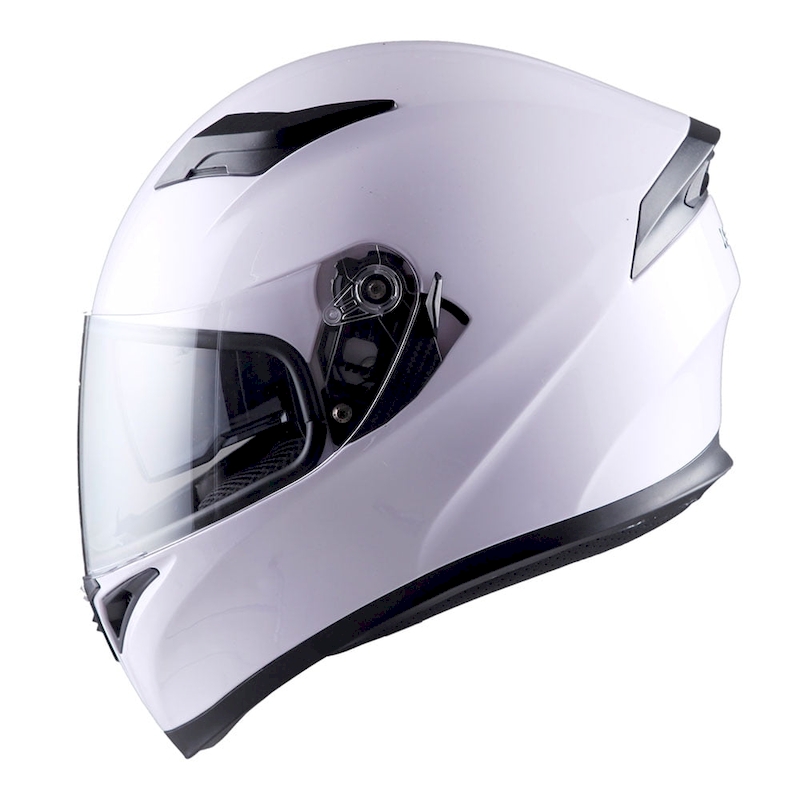
Conclusion
The rise of bluetooth-enabled motorcycle helmets revolutionizes the riding experience by enhancing communication, connectivity, and safety. Understanding how to use and maintain these advanced helmets allows riders to get the most out of their purchase and enjoy seamless connectivity on the road.
In this comprehensive guide, you learned the versatility of bluetooth technology, how to select the right helmet based on your needs, and the benefits of various features. By selecting a quality helmet and following the maintenance tips outlined, riders can ensure optimal performance while prioritizing safety.
As technology continues to progress, bluetooth-enabled motorcycle helmets will undoubtedly evolve, offering even more features and capabilities. Embrace the convenience and advantages this innovation brings, and enjoy the thrill of riding with enhanced connectivity.
